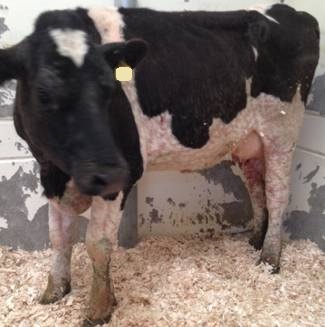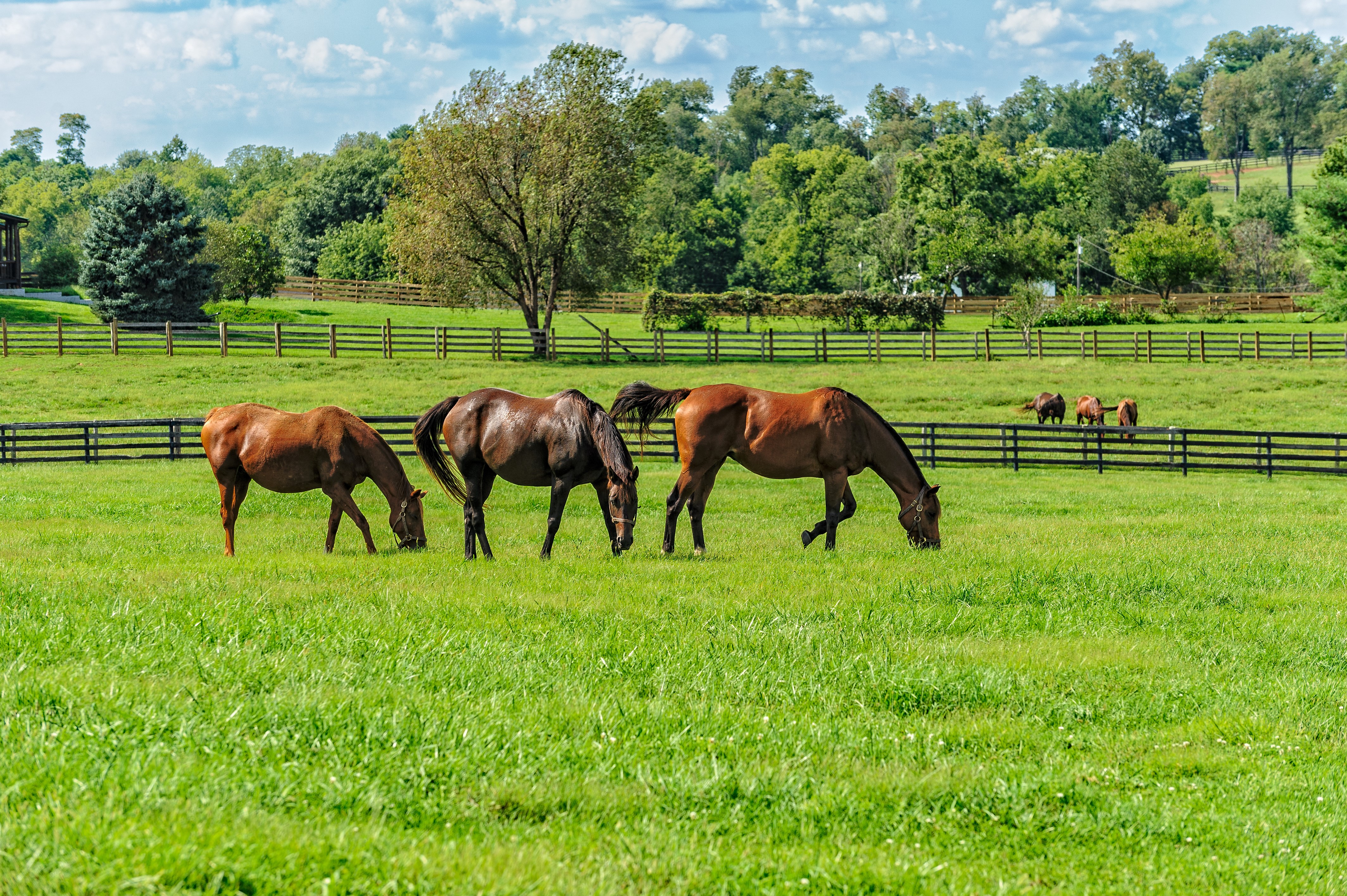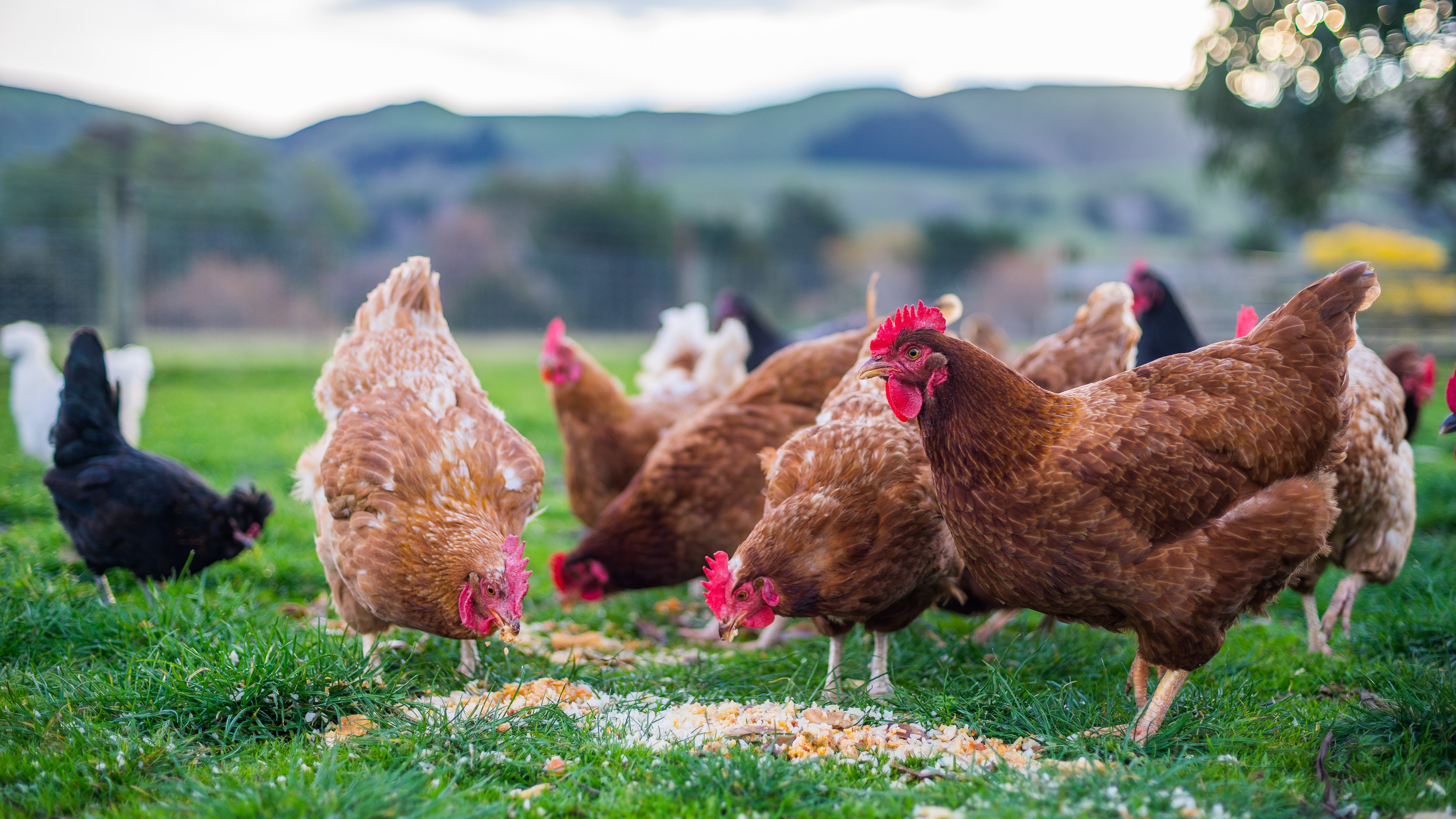Bovine Besnoitiosis
Introduction
Bovine besnoitiosis is a skin disease of cattle caused by the protozoan (single-celled) mandatory intracellular parasite Besnoitia besnoiti.
The Regional Veterinary Laboratories (RVLs) operated by the Department of Agriculture, Food and the Marine (DAFM) have recorded positive blood test results for besnoitiosis in counties Cork and Kilkenny in recent months. The animals involved in both cases showed clinical signs typical of the disease. Besnoitiosis was first detected in a dairy herd in Co. Tipperary in 2015, and cases outside of Tipperary had not been recorded up to this point.
Bovine besnoitiosis is a notifiable disease in Ireland. There are no known food safety or human health risks associated with the disease. Besnoitiosis has been diagnosed over many years in many parts of the world and has never been reported to infect humans.
Bovine besnoitiosis is usually a mild low impact disease, resolving over the course of 1-2 weeks. Affected cattle do not usually die of the condition although severely affected animals may have a prolonged recovery. Clinical signs appear during the summer and affected animals remain carriers for life. There are no effective drugs or vaccines currently available in Europe. Therapeutic intervention is largely limited to generic topical treatment of skin lesions, and vector (fly) control. Equally, there are few control measures that can be recommended other than fly control and maintaining a closed herd. Neither of these control measures is viewed as completely or 100% effective, because the disease can be carried by vectors including flies.
Bovine besnoitiosis has, for many years, been observed in Africa, the Middle East and more recently in Europe, where it has been seen since the 1990`s – with cases reported in Spain, Portugal, France, Italy, Germany Switzerland, Hungary, Croatia and Greece, and recently reported in Belgium. The full life cycle of this parasite has not been fully established and may involve wildlife, but cattle are the only domestic species that have been reported to show clinical disease. Mechanical transmission between cattle is believed to occur via insect vectors, with close contact between infected and healthy animals also considered quite important for disease transmission; and transmission directly between cattle via the naso-pharyngeal route has also been demonstrated. In addition, the use of hypodermic syringes for multiple animals will mechanically transfer infection between animals. There are no reports of vertical transmission.
The disease displays a variety of presentations and infected cattle often show little or no obvious clinical signs; the initial acute phase clinical presentation occurs when the parasite (in the tachyzoite form) is rapidly multiplying and causing tissue damage particularly in the blood vessels of the dermis, subcutis, fascia, testes and upper respiratory mucosa. This stage usually presents as one or more of the following: fever, anorexia, rhinitis, weakness, milk drop, stiffness, abortion and thus many of the sick animals may superficially present a syndrome suggestive of a clinical case of IBR. The more chronic stage starts 1-2 weeks after the onset of the acute stage and clinical signs include intermittent fever, anorexia and weight loss. Most animals go on to show skin and eye lesions, which include thickening, hardening and folding or wrinkling of the skin especially around the neck, shoulders and rump. The udder may also be affected. There may be some swelling of the legs and animals may appear ‘stiff’ when moving. Laminitis is a complication in the minority of cases that progress to severe chronic disease. Small cysts are often visible in the sclera, conjunctiva and vulva and these are very useful in clinical diagnosis. Some cases may superficially resemble photosensitisation.
The experience with besnoitiosis in this country and in other countries indicates that it is a relatively mild and slow-spreading disease, with exposed animals developing good immunity, not all in-contact animals becoming affected, most affected animals having minor lesions, with some young animals becoming infected and showing clinical disease as they join the herd each year.
Samples from clinical suspects for testing may be submitted to the Regional Veterinary Laboratories at Athlone, Backweston, Cork, Kilkenny, Limerick or Sligo. Testing is based on clotted blood samples for serological testing for antibodies (which confirms exposure) and /or histopathology of skin biopsies of suspect lesions (which confirms if an animal has the disease).
Further information:
The research article by Langenmayer et al. (2015) Natural Besnoitia besnoiti infections in cattle: hematological alterations and changes in serum chemistry and enzyme activities. BMC Veterinary Research 11:32. DOI 10.1186/s12917-015-0326-8 is available on an open access basis through the publishers BMC Veterinary Research at http://www.biomedcentral.com/content/pdf/s12917-015-0326-8.pdf ;
The Merck Veterinary Manual also provides an online overview of Bovine besnoitiosis at http://www.merckvetmanual.com/mvm/generalized_conditions/besnoitiosis/overview_of_besnoitiosis.html?qt=Bovine ;
and finally, the 2010 EFSA statement Bovine Besnoitiosis: An emerging disease in Europe is available at www.efsa.europa.eu/en/scdocs/doc/1499.pdf


Photos courtesy of UCD and DAFM
A copy of this information note is also available on the Department’s website at agriculture.gov.ie






